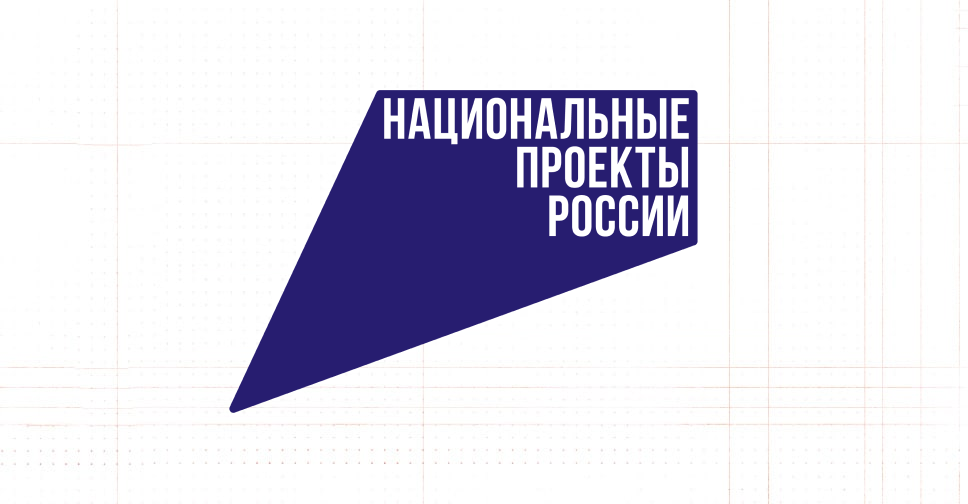This is the topic of the article published by the researcher’s team of the Center for Technologies in Robotics and Mechatronics Components of the Russian IT University in collaboration with the Technical University of Madrid in the scientific journal Nature, Scientific Reports.
Innopolis University researchers have found a way to speed up the recovery process after a stroke
In their research article “Visual and kinesthetic modes affect motor imagery classification in untrained subjects”, the team did detailed research on the magnetic fields of the brain neural activity using magnetoencephalography and proved that people can be divided into two groups according to the type of imagination – visual and kinesthetic. Visual imagination consists of imaging the movement of body parts as viewed from the side, as a person were watching a video. Such imagination does not require special training or muscle movement feelings. Kinesthetic imagination is a muscles movement feeling that is usual for athletes or specially trained people.

In neuroscience there are two types of motor activity: real and imaginary movements. Real motion is the movement of body parts. Whereas imaginary movements can be used in brain-computer interfaces to transmit mental commands. But in this case, the operator of the neural interface should be trained to imagine the movement, so that the pattern of brain activity is reproduced with a high degree of accuracy.
“The important use pattern of imaginary movements is neurorehabilitation. For example, for patients with paresis acquired after a stroke. Here, the imagination of movements helps to speed the motor function recovery”, says Alexander Khramov, Head of the Laboratory of Neuroscience and Cognitive Technologies at Innopolis University. – We investigated that untrained volunteers usually demonstrate a visual imagination mode. If it is possible to classify people before the work with neural interfaces or before neurorehabilitation, this will speed up the recovery process and increase the accuracy of brain-computer interfaces”.
In the framework of this study, researchers from the Center for Biomedical Technologies of the Technical University of Madrid made magnetoencephalographic measurements, which were used to record the super-weak magnetic fields generated by the currents of the neural ensemble of the brain. Such magnetic fields are a million times smaller than the Earth’s magnetic field. For the registration of such fields is needed ultra-sensitive equipment and a special shielded room, which is having our colleagues from Spain.
Employees of Innopolis University participated in experiments and performed a numerical analysis of a large experimental neurophysiological data amount using methods of time-frequency analysis and machine learning to identify the characteristics of movements imagination characteristics.
According to the professor, the results of this research can become a part of the neurorehabilitation procedure and to have ability to immediately distinguish visuals among patients and train their kinesthetic imagination for more effective recovery. «In essence, «visuals» will be taught to think as «kinesthetics». The results of this work have become one of the stages of a large research, which was conducted in the Laboratory of Neuroscience and Cognitive Technologies as a part of the research on the human brain activity during performing real and imaginary movements. Our research is focused on untrained persons, who didn`t try to evoke the necessary mental states, as in other researches» added professor.









